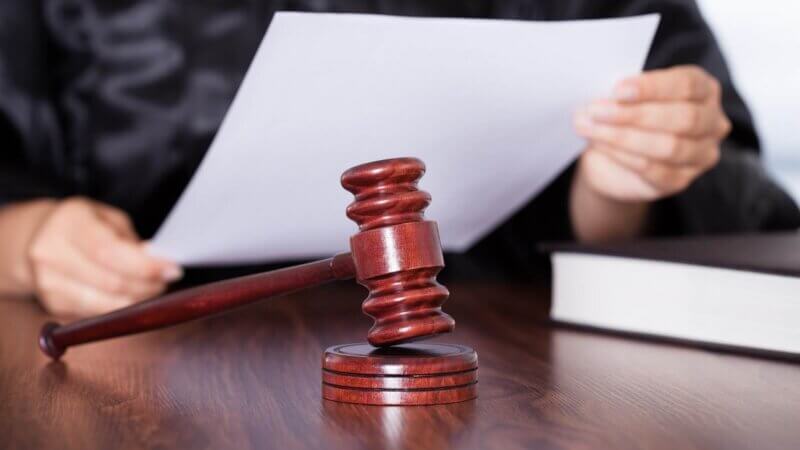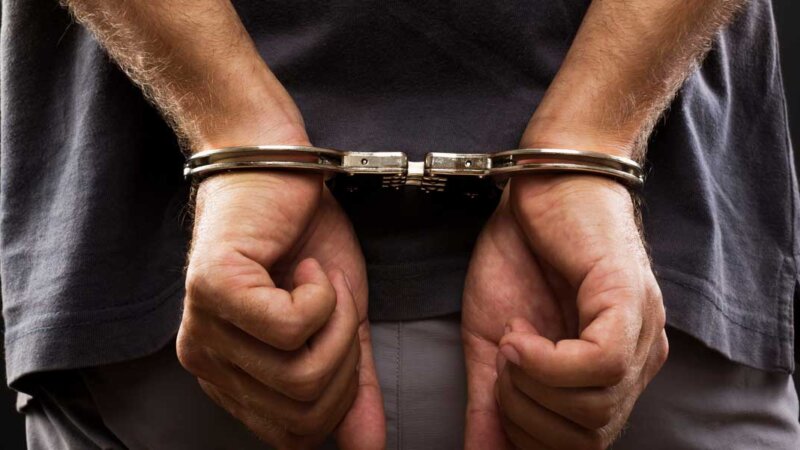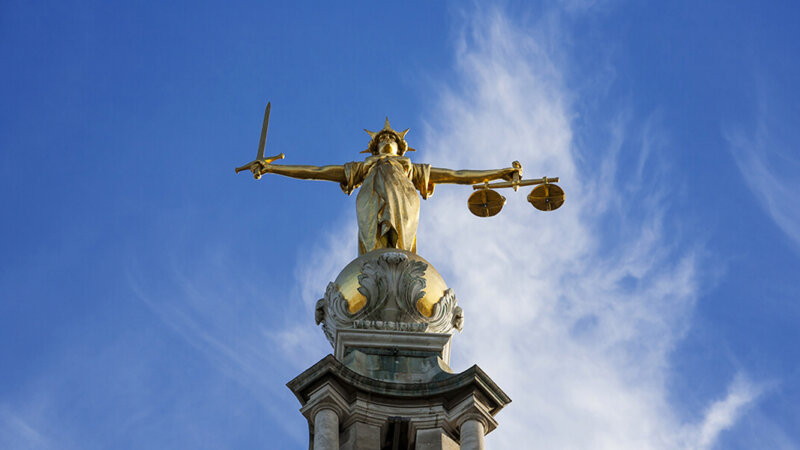How is a jury made up?
A jury is comprised of 12 people. Before a trial starts in the Crown Court there is a process of jury selection, whereby 12 members of the jury are selected from a ‘pool’ of available candidates that have been selected from the wider community.
This selection is required in almost all criminal cases where a defendant is accused of committing a criminal offence which they dispute and have pleaded not guilty to.
What is the jury responsible for?
Once the trial starts, it becomes the responsibility of the jury to decide whether that person is guilty of the offence(s) for which they are on trial. This is the essence of a trial and the essence of what the jury must do.
Acting as a juror is a very serious responsibility. The jury are told by the judge presiding over the trial that they cannot convict a person unless they are sure of that person’s guilt. This is known as being sure and beyond all reasonable doubt. The announcement of their decision is the verdict.
Before the jury are asked whether they have reached a verdict, the judge reminds them of the evidence that they have heard. They are also reminded of the law that they must apply to the case.
Once the judge has done this, the members of the jury are sent to the retirement room. This is a private room in the court building where the jury are free to discuss the case.
How many jurors must agree in order to reach a verdict?
Getting 12 people to agree on a verdict isn’t always as easy as it might sound. Complex Crown Court trials can divide opinions, especially when:
- The case/evidence has been long, complex or emotional
- The evidence comes from many witnesses with different versions of events
It’s not always possible for 12 people to reach a unanimous agreement on whether the accused person is guilty or not.
What is a majority verdict?
When the jury struggles to all agree on the same verdict, the judge may decide that a verdict can be returned if a majority of the jury can reach an agreement.
This is known as ‘majority verdict’ and normally means that the judge is content to receive a verdict if 10 or more of the 12 jurors are in agreement.
What is a hung jury?
If there is no majority and a verdict has not been reached, the jury is known as a ‘hung jury’.
The judge will discharge the jury and the trial will conclude, albeit without a verdict. After a hung jury, the accused will not be acquitted or convicted.
After a hung jury, the Crown Prosecution Service (CPS) must then determine whether they will have a retrial. This is dependent on the views of the victim(s) or interested parties.
About the author
Nick Titchener is a director and solicitor advocate of Lawtons. He is a dedicated criminal solicitor with considerable experience in legal cases including sexual offences, violence and assault. Nick’s measured and methodical approach means he thrives on even the most complex case.
Nick also oversees the overall management of Lawtons Solicitors, a specialist firm of criminal law defence solicitors with branches across London, Hertfordshire, Bedfordshire and Essex.
FAQs about Hung Jury
What happens if there is a hung jury twice?
Can a judge overrule a hung jury?
Is a hung jury good or bad?
- The defendant faces continued uncertainty
- The taxpayer has to pay for a retrial
- Witnesses have to provide evidence again
What happens to a defendant when there is a hung jury?





